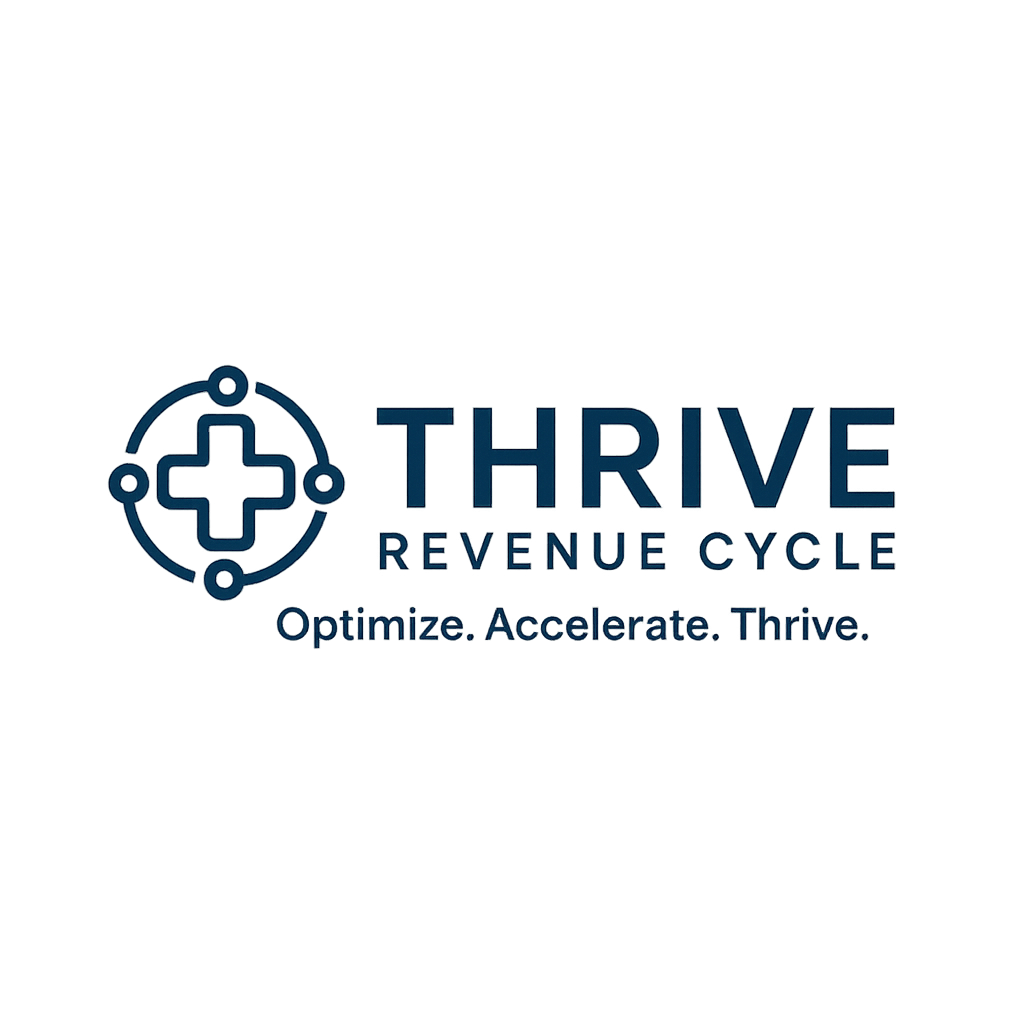
How to Audit Your RCM Vendor (Before It’s Too Late)
Red Flags, Key Metrics, and Steps to Protect Your Revenue
A Cautionary Tale
“A mid-sized cardiology group discovered their billing company had been underreporting denials by 40%—costing them over $200,000 in recoverable revenue. By the time they audited their vendor, it was too late to reclaim most losses.”
If you outsource your revenue cycle management (RCM), you’re trusting a third party with your financial lifeline. But how do you know if they’re performing—or quietly failing you?
Here’s how to audit your RCM vendor before preventable losses pile up.
1. Why Vendor Audits Are Non-Negotiable
- 20-30% of RCM vendors underperform (Black Book Market Research).
- Hidden issues like unbilled claims, missed appeals, or lax follow-up can take months to surface.
- Your reputation is at stake: Payer relationships suffer if your vendor submits error-prone claims.
Bottom line: Auditing isn’t micromanagement—it’s due diligence.
2. Red Flags That Demand an Immediate Audit
Watch for these warning signs from your vendor:
- Denial rates above 5-10% (varies by specialty).
- Frequent excuses (“payers are slow,” “your staff gave us bad data”).
- Lack of transparency: No real-time dashboards or refusal to share raw reports.
- Aging A/R over 90 days growing without explanation.
Example: A dermatology clinic’s vendor blamed “payer delays” for rising A/R—until an audit revealed unworked claims from 6 months prior.
3. Key Metrics to Audit (and How to Get the Data)
Request these reports monthly—then verify them independently:
MetricBenchmarkHow to AuditClean Claim Rate≥95%Compare vendor submissions vs. payer EOBsDenial Rate<10% (ideally <5%)Pull denial reports from your EHRDays in A/R<40 daysCross-check payer remits vs. posting datesAppeal Win Rate≥60%Review appeal logs and payer responsesUnbilled Claims0Run a hold report from your EHR
Pro Tip: Use a third-party audit tool (e.g., Pareo, Waystar) to bypass vendor gatekeeping.
4. Step-by-Step Audit Process
Phase 1: Document Review
- Contract compliance: Are they meeting SLAs (e.g., claim submission within 48 hours)?
- Compare their reports to your EHR/payer data (look for discrepancies).
Phase 2: Claims Sampling
- Randomly select 50-100 claims from their “processed” list.
- Verify: Were they submitted, paid, or appealed correctly?
Phase 3: Staff Interviews
- Ask your team: “Are you getting timely responses from the vendor?”
- Call payers: “Are you receiving appeals from our billing company?”
5. What to Do If You Find Problems
- Escalate with evidence: Share audit findings in writing. Demand a corrective plan.
- Clawback clauses: If contracts allow, reclaim fees for unworked claims.
- Switch vendors if needed—here’s a [template for transitioning RCM vendors].
Final Thought: Trust, But Verify
Your RCM vendor should act as an extension of your team—not a black box. Quarterly audits protect your revenue and force accountability.
